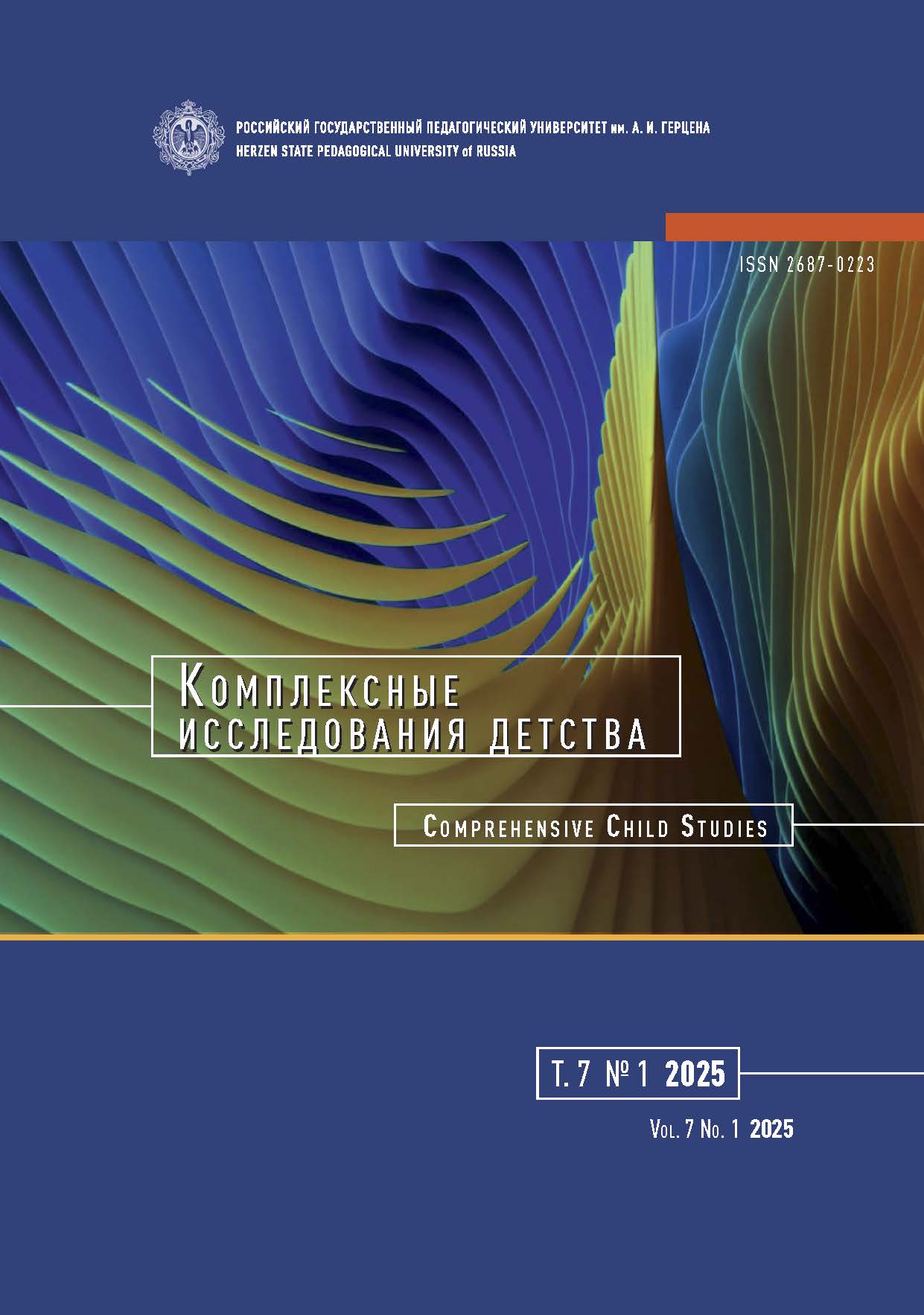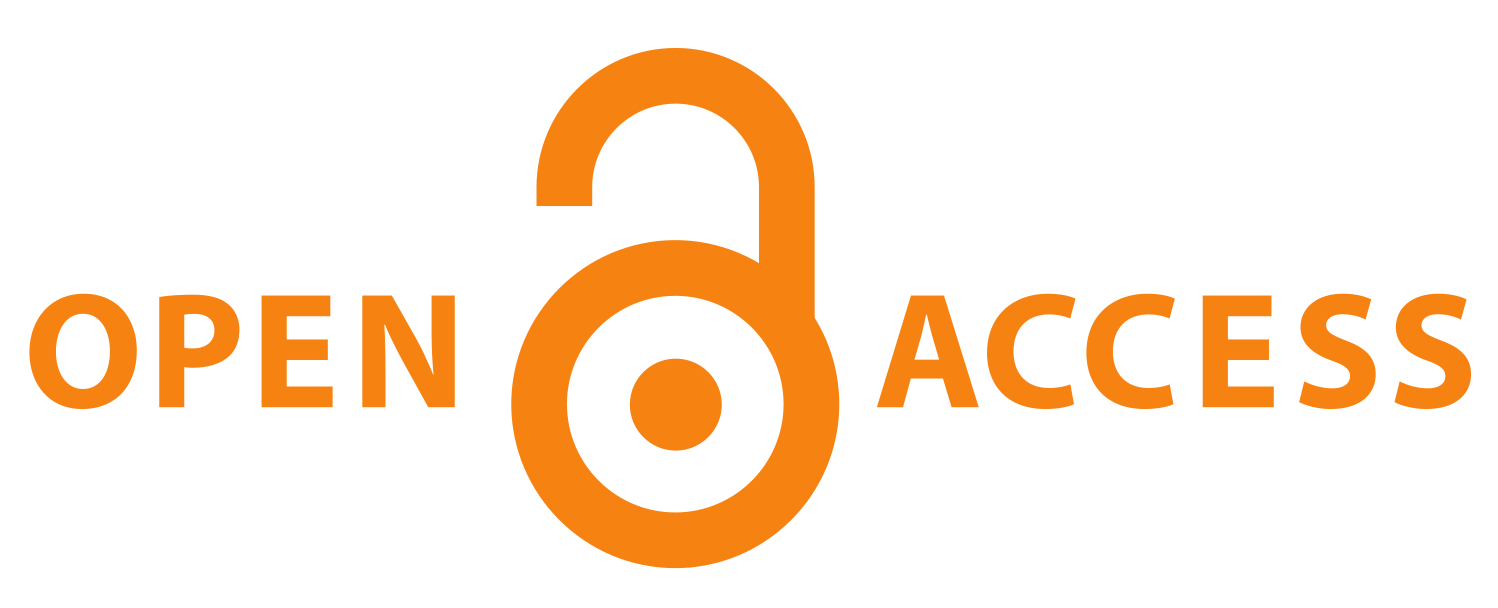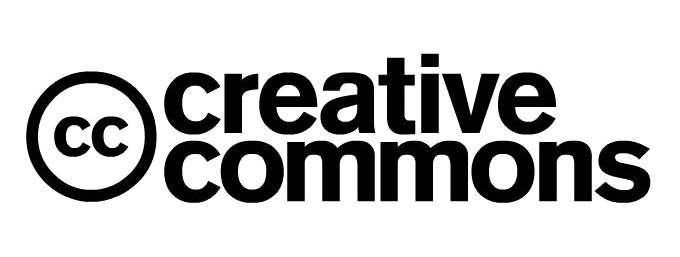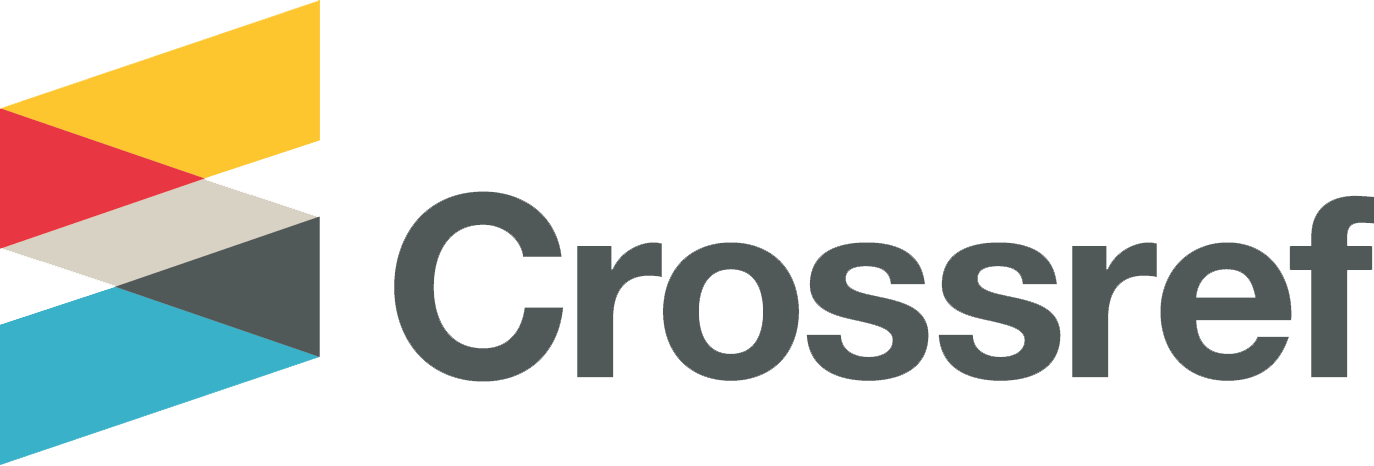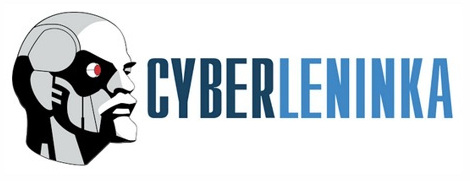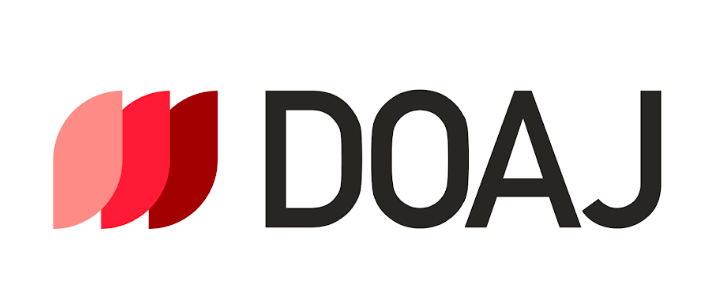The relationship of different aspects of creativity with anxiety and hostility in adolescents
DOI:
https://doi.org/10.33910/2687-0223-2025-7-1-37-46Keywords:
adolescents, creativity, elaboration, originality, flexibility, fluency, anxiety, hostility, copingAbstract
The article focuses on the relationship between creativity and the characteristics that are often attributed to creative people: anxiety, hostility and a specific choice of coping strategies. There is significant inconsistency in the results obtained in different studies. The article attempts to link separate aspects of creativity with anxiety, hostility and coping strategies in adolescents.
The study involved 158 children (12.9 ± 0.7 years old) — school students of grades 6–7. The methods included the Torrance Tests of Creative Thinking (adapted by E. I. Shcheblanov) to assess creativity, the Coping Strategy Indicator by D. Amirkhan (adapted by N. A. Sirota and V. M. Yaltonsky) to describe coping strategies, the Buss—Durkee Hostility Inventory (adapted by A. A. Khvan) to describe hostility and its dimensions, and the State-Trait Anxiety Inventory by Ch. D. Spielberger (adapted by Yu. L. Khanin) to measure anxiety. The SPSS software package was used for data processing.
For the entire sample, the factor analysis found that the creativity aspect ‘fluency’ is associated with ‘guilt’ and ‘trait anxiety’. The creativity aspects ‘originality’ and ‘elaboration’ showed no association with any of the studied parameters. The aspect ‘flexibility’ is associated with the coping strategy ‘seeking social support’.
Further, we separately considered groups of children with different levels of creativity. To this end, the children were divided into two groups based on their overall creativity scores: those above the average and those below it. The analysis of the results separately for children with different levels of creativity showed that in more creative children, the aspects of creativity are more associated with anxiety, while in children with less pronounced creativity they are associated with hostility.
Thus, the difference in the results in different studies may be due to the fact that different aspects of creativity are not equally associated with hostility and anxiety. The creativity aspects ‘originality’ and ‘elaboration’ are associated with neither hostility nor anxiety. Further, the associations of creativity aspects with hostility and anxiety are different in children with different levels of overall creativity.
References
ЛИТЕРАТУРА
Беляева, Е. М. (2020) Взаимосвязь параметров сенсомоторной интеграции с параметрами тестов креативности (сравнительный анализ). Вестник психофизиологии, № 2, с. 75–80.
Богоявленская, Д. Б. (2002) Психология творческих способностей. М.: Академия, 320 c.
Выготский, Л. С. (1998) Психология искусства. Ростов-на-Дону: Феникс, 480 с.
Дерманова, И. Б. (ред.). (2002) Исследование тревожности (Ч. Д. Спилбергер, адаптация Ю. Л. Ханин). В кн.: Диагностика эмоционально-нравственного развития. СПб.: Речь, с. 124–126.
Иванюшина, В. А., Титкова, В. В., Александров, Д. А. (2016) Подростковая агрессия: групповые нормы и социальный статус среди сверстников. Социологический журнал, т. 22, № 1, с. 54–71. https://doi.org/10.19181/socjour.2016.22.1.1294
Нартова-Бочавер, С. К. (2019) Жизненная среда как источник стресса и ресурс его преодоления: возвращаясь к психологии повседневности. Психологический журнал, т. 40, № 5, с. 15–26. https://doi.org/10.31857/S020595920006072-5
Нартова-Бочавер, С. К. (2023) Стресс и антистресс в современных исследованиях. Человек, т. 34, № 4, с. 7–10.
Николаева, Е. И. (2011) Эволюционные корни креативности. В кн.: В. М. Аллахвердов, С. С. Белова, Н. П. Бехтерева. Творчество: от биологических оснований к социально-культурным феноменам. М.: Изд-во Института психологии РАН, с. 33–66.
Николаева, Е. И. (2017) Психология детского творчества. СПб.: Питер, 240 с.
Николаева, Е. И., Беляева, Е. М. (2015) Креативность как механизм снижения агрессивности у подростков в 12–13 лет. Актуальные проблемы психологического знания, № 4 (37), с. 106–113.
Николаева, Е. И., Беляева, Е. М. (2021) Связь когнитивного контроля с параметрами креативности, оцененными с помощью теста У. Торренса и Дж. Гилфорда. Вестник психофизиологии, № 4, с. 43–49. https://doi.org/10.34985/z3445-7477-7107-b
Николаева, Е. И., Вергунов, Е. Г., Плотников, С. Г. (2014) Соотношение показателей общего и невербального интеллекта и креативности с оценками по предметам у учащихся четвертых классов. Вестник практической психологии образования, № 3 (40), с. 106–109.
Николаева, Е. И., Яворович, К. Н. (2013) Характеристики сенсомоторной реакции у юношей и девушек с разной выраженностью латеральных признаков. Вопросы психологии, № 5, с. 133–141.
Парфенова, Т. А. (2015) Взаимосвязь уровня проявления тревожности и успешности учебной деятельности младших подростков. Поволжский педагогический вестник, № 3 (8), с. 76–80.
Разумникова, О. М., Николаева, Е. И. (2019) Возрастные особенности тормозного контроля и проактивная интерференция при запоминании зрительной информации. Вопросы психологии, № 2, с. 124–132.
Сирота, Н. А., Ялтонский, В. М. (1994) Копинг-поведение и психопрофилактика психосоциальных расстройств у подростков. Обозрение психиатрии и медицинской психологии имени В. М. Бехтерева, № 1, с. 63–74.
Ушаков, Д. В. (2020) Менталитет и социально-экономические достижения стран. Вестник Российской академии наук, т. 90, № 3, с. 224–231. https://doi.org/10.31857/S086958732003024X
Хван, А. А., Зайцев, Ю. А., Кузнецова, Ю. А. (2008) Стандартизация опросника А. Басса и А. Дарки. Психологическая диагностика, № 1, с. 35–58.
Шумакова, Н. Б. (2019) Представление о творческой и успешной личности у интеллектуально одаренных подростков. Вопросы психологии, № 4, с. 88–99.
Щебланова, Е. И. (1995) Краткий тест творческого мышления. Фигурная форма: пособие для школьных психологов. М.: ИНТОР, 48 с.
Daikoku, T., Fang, O., Hamada, T. et al. (2021) Importance of environmental settings for the temporal dynamics of creativity. Thinking Skills and Creativity, vol. 41, pp. 100–111. http://dx.doi.org/10.1016/j.tsc.2021.100911
Kashapov, M. M., Ogorodova, T. V., Pavlova, S. A. (2016) Relationship between aggression and creativity in senior preschool children. Procedia — Social and Behavioral Sciences, vol. 233, pp. 264–268. https://doi.org/10.1016/j.sbspro.2016.10.121
Nikolaeva, E. I., Belousova, L. V. (2018) Personality as moderator of aging effects on inhibition functions and brain activity. International Journal of Psychophysiology, vol. 131, no. S, pp. S96.
Xiang, S., Qi, S., Li, Y. et al. (2021) Trait anxiety moderates the effects of tDCS over the dorsolateral prefrontal cortex (DLPFC) on creativity. Personality and Individual Differences, vol. 177, article 110804. https://doi. org/10.1016/j.paid.2021.110804
REFERENCES
Belyaeva, E. M. (2020) Vzaimosvyaz’ parametrov sensomotornoj integratsii s parametrami testov kreativnosti (sravnitel’nyj analiz) [Correlation of sensorimotor integration parameters with parameters of creativity tests (comparative analysis)]. Vestnik psihofiziologii — Psychophysiology News, no. 2, pp. 75–80. (In Russian)
Bogoyavlenskaya, D. B. (2002) Psikhologiya tvorcheskikh sposobnostej [Psychology of creative abilities]. Moscow: Akademiya Publ., 320 p. (in Russian)
Daikoku, T., Fang, O., Hamada, T. et al. (2021) Importance of environmental settings for the temporal dynamics of creativity. Thinking Skills and Creativity, vol. 41, pp. 100–111. http://dx.doi.org/10.1016/j.tsc.2021.100911 (In English)
Dermanova, I. B. (ed.). (2002) Issledovanie trevozhnosti (Ch. D. Spilberger, adaptatsiya Yu. L. Khanin) [Study of anxiety (Ch. D. Spielberger, adaptaed by Yu. L. Khanin)]. In.: Diagnostika emotsional’no-nravstvennogo razvitiya [Diagnostics of emotional and moral development]. Saint Petersburg: Rech’ Publ., pp. 124–126. (In Russian)
Ivanyushina, V. A., Titkova, V. V., Aleksandrov, D. A. (2016) Podrostkovaya agressiya: gruppovye normy i sotsial’nyj status sredi sverstnikov [Adolescent aggression: group norms and social status among peers]. Sotsiologicheskij zhurnal — Sociological Journal, vol. 22, no. 1, pp. 54–71. https://doi.org/10.19181/socjour.2016.22.1.1294 (In Russian)
Kashapov, M. M., Ogorodova, T. V., Pavlova, S. A. (2016) Relationship between aggression and creativity in senior preschool children. Procedia — Social and Behavioral Sciences, vol. 233, pp. 264–268. https://doi.org/10.1016/j.sbspro.2016.10.121 (In Russian)
Khvan, A. A., Zajtsev, Yu. A., Kuznetsova, Yu. A. (2008) Standartizatsiya oprosnika A. Bassa i A. Darki [Standardization of the questionnaire of A. Bass and A. Darki]. Psikhologicheskaya diagnostika, no. 1, pp. 35–58. (In Russian)
Nartova-Bochaver, S. K. (2019) Zhiznennaya sreda kak istochnik stressa i resurs ego preodoleniya: vozvrashchayas’ k psikhologii povsednevnosti [Human environment as a source of stress and a resource to overcome it: returning to the psychology of everyday life]. Psikhologicheskij zhurnal, vol. 40, no. 5, pp. 15–26. https://doi.org/10.31857/S020595920006072-5 (In Russian)
Nartova-Bochaver, S. K. (2023) Stress i antistress v sovremennykh issledovaniyakh [Stress and anti-stress in modern research]. Chelovek, vol. 34, no. 4, pp. 7–10. (In Russian)
Nikolaeva, E. I. (2011) Evolyutsionnye korni kreativnosti [The evolutionary roots of creativity]. In: V. M. Allakhverdov, S. S. Belova, N. P. Bekhtereva. Tvorchestvo: ot biologicheskikh osnovanij k sotsial’no-kul’turnym fenomenam [Creativity: from biological foundations to socio-cultural phenomena]. Moscow: Institute of Psychology of the Russian Academy of Sciences Publ., pp. 33–66. (In Russian)
Nikolaeva, E. I (2017) Psikhologiya detskogo tvorchestva [Psychology of children’s creativity]. Saint Petersburg: Piter Publ., 240 p. (In Russian)
Nikolaeva, E. I., Belousova, L. V. (2018) Personality as moderator of aging effects on inhibition functions and brain activity. International Journal of Psychophysiology, vol. 131, no. S, pp. S96. (In English)
Nikolaeva, E. I., Belyaeva, E. M. (2015) Kreativnost’ kak mekhanizm snizheniya agressivnosti u podrostkov v 12–13 let [Creativity as a mechanism for 12-13 years old teenager’s aggression decrase]. Aktual’nye problemy psikhologicheskogo znaniya — Actual problems of psychological knowledge, no. 4 (37), pp. 106–113. (In Russian)
Nikolaeva, E. I., Belyaeva, E. M. (2021) Svyaz’ kognitivnogo kontrolya s parametrami kreativnosti, otsenennymi s pomoshch’yu testa U. Torrensa i Dzh. Gilforda [Relationship of cognitive control with creativity parameters estimated with the test by W. Torrance and J. Guilford]. Vestnik psikhofiziologii — Psychophysiology News, no 4, pp. 43–49. https://doi.org/10.34985/z3445-7477-7107-b (in Russian)
Nikolaeva, E. I., Vergunov, E. G., Plotnikov, S. G. (2014) Sootnoshenie pokazatelej obshchego i neverbal’nogo intellekta i kreativnosti s otsenkami po predmetam u uchashchihsya chetvertykh klassov [The correlation of indicators of general and non-verbal intelligence and creativity with grades in subjects of fourth-grade students]. Vestnik prakticheskoj psikhologii obrazovaniya — Bulletin of Practical Psychology of Education, no. 3 (40), pp. 106–109. (In Russian)
Nikolaeva, E. I., Yavorovich, K. N. (2013) Kharakteristiki sensomotornoj reaktsii u yunoshej i devushek s raznoj vyrazhennost’yu lateral’nyh priznakov [Characteristics of the sensorimotor reaction in boys and girls with different expression of lateral characteristics]. Voprosy psikhologii, no. 5, pp. 133–141. (In Russian)
Parfenova, T. A. (2015) Vzaimosvyaz’ urovnya proyavleniya trevozhnosti i uspeshnosti uchebnoj deyatel’nosti mladshikh podrostkov [The relationship between symptoms of anxiety and success in educational activity of younger adolescents]. Povolzhskij pedagogicheskij vestnik — Volga Region Pedagogical Bulletin, no. 3 (8), pp. 76–80. (In Russian)
Razumnikova, O. M., Nikolaeva, E. I. (2019) Vozrastnye osobennosti tormoznogo kontrolya i proaktivnaya interferentsiya pri zapominanii zritel’noj informatsii [Age characteristics of inhibition control in the model of proactive interference]. Voprosy psikhologii, no. 2, с. 124–132. (In Russian)
Shcheblanova, E. I. (1995) Kratkij test tvorcheskogo myshleniya. Figurnaya forma: posobie dlya shkol’nykh psikhologov [A brief test of creative thinking. Figurative form: Manual for school psychologists]. Moscow: INTOR Publ., 48 p. (In Russian)
Shumakova, N. B. (2019) Predstavlenie o tvorcheskoj i uspeshnoj lichnosti u intellektual’no odarennykh podrostkov [The notion of a creative and successful person in intellectually gifted adolescents]. Voprosy psikhologii, no. 4, pp. 88–99. (In Russian)
Sirota, N. A., Yaltonskij, V. M. (1994) Koping-povedenie i psikhoprofilaktika psikhosotsial’nykh rasstrojstv u podrostkov [Coping behavior and psychoprophylaxis of psychosocial disorders in adolescents]. Obozrenie psikhiatrii i meditsinskoj psikhologii imeni V. M. Bekhtereva — V. M. Bekhterev Review of Psychiatry and Medical Psychology, no. 1, pp. 63–74.
Ushakov, D. V. (2020) Mentalitet i sotsial’no-ekonomicheskie dostizheniya stran [Mentality and socioeconomic achievements of countries]. Vestnik Rossijskoj akademii nauk, vol. 90, no. 3, pp. 224–231. https://doi.org/10.31857/S086958732003024X (In Russian)
Vygotsky, L. S. (1998) Pskihologiya iskusstva [Psychology of Art]. Rostov-on-Don: Feniks Publ., 480 p. (In Russian)
Xiang, S., Qi, S., Li, Y. et al. (2021) Trait anxiety moderates the effects of tDCS over the dorsolateral prefrontal cortex (DLPFC) on creativity. Personality and Individual Differences, vol. 177, article 110804. https://doi.org/10.1016/j.paid.2021.110804 (In English)
Downloads
Published
Issue
Section
License
Copyright (c) 2025 Eugenia M. Belyaeva

This work is licensed under a Creative Commons Attribution-NonCommercial 4.0 International License.
The work is provided under the terms of the Public Offer and of Creative Commons public license Creative Commons Attribution 4.0 International (CC BY 4.0).
This license permits an unlimited number of users to copy and redistribute the material in any medium or format, and to remix, transform, and build upon the material for any purpose, including commercial use.
This license retains copyright for the authors but allows others to freely distribute, use, and adapt the work, on the mandatory condition that appropriate credit is given. Users must provide a correct link to the original publication in our journal, cite the authors' names, and indicate if any changes were made.
Copyright remains with the authors. The CC BY 4.0 license does not transfer rights to third parties but rather grants users prior permission for use, provided the attribution condition is met. Any use of the work will be governed by the terms of this license.
